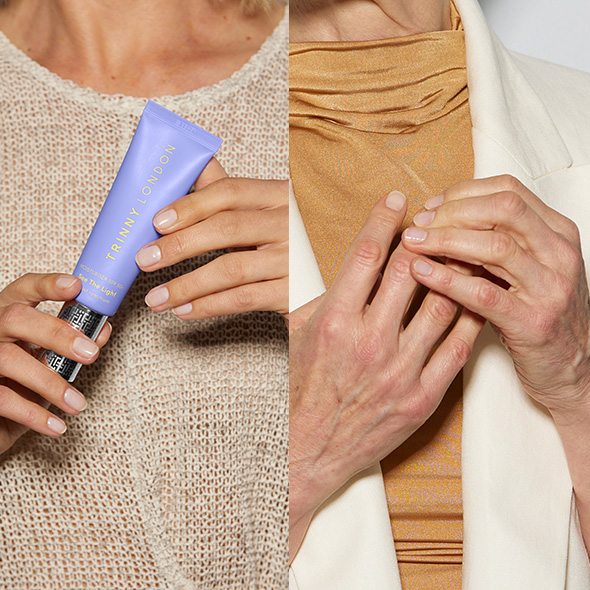

How to find a good dermatologist or aesthetic practitioner
Ultimately, finding a good dermatologist or aesthetic practitioner comes down to trust. Working your way through the below list will help you to decide whether you trust them enough to go ahead with the treatment or procedure.
1. Check their qualifications
As a layman, it’s not always easy to understand the qualifications needed to perform particular procedures. And frighteningly, in some cases, there are no qualifications needed at all. The tweakments industry in the UK is notoriously underregulated, and things like filler can be administered by people with no medical training whatsoever. This puts the pressure back onto the patient, and makes doing your research all the more important.
Bamboozled by BSc and MBBS? The jumble of letters after a doctor’s name can mean very little to the average person, but there are sources which can help you to understand what qualifications your practitioner holds, and if they are registered with any associations or boards. The General Medical Council, British College of Aesthetic Medicine and British Association of Cosmetic Nurses are all a great starting point. The organisation Save Face also runs a national register of accredited practitioners for non-surgical cosmetic treatments.
2. Ask around
It might sound obvious, but the best way to find a good practitioner is to make your decision on the recommendations of friends. In this scenario you can see for yourself if their procedures have been effective, and if the results are in line with the kind of aesthetic you like. It also gives you the opportunity to ask your friend about their experience and get honest answers. If personal recommendation isn’t an option for you, ask practitioners on your shortlist if they have any testimonials, reviews or imagery from recent work that they would be able to share with you. Some may already have a space on their website dedicated to this kind of feedback.
3. Do your research
Before you splash out on an expensive handbag or a fancy coat, chances are you will have done your research. Most of us check things like the material and shade range without even thinking, and can lose hours pouring over online reviews from other shoppers. You should be carrying out at least the same, if not more research, when planning a tweakment. The decision to have a procedure involving a needle or high-strength ingredients should not be taken lightly, so try and find out as much as you can before going through with it. That means researching both your practitioner, and the treatment itself. Knowledge is power, and the more research you do, the more likely you are to spot any potential problems.
4. Don’t bow to pressure
Although tweakments can carry a lower risk than plastic surgery, there are still potential side effects attached. For this reason, you need to be 100% comfortable with the risks before going ahead. If you find yourself in a scenario where a practitioner is trying to push you into making a quick decision, maybe in order to secure a discounted price, then walk away. This is your body, and you are entitled to as much thinking time as you need.
5. Don’t be swayed by price
Price can be a good indicator of quality, but it’s not always quite as black and white as expensive means good and cheap means bad. Do your research to find a ballpark figure first, so you have something in mind when discussing how much your treatment will cost. It often pays off to get more than one opinion too, so you can compare them against each other. Remember that if it sounds too good to be true, it probably is. Your face is on show every day, so don’t cut corners for the sake of a discounted rate.
On the subject of price, it’s also important to consider the entire cost of the treatment. Does the practitioner charge for initial consultations? Will there be a fee for follow-up appointments? Will you need more than one treatment, and how regularly will it need to be repeated? Asking these questions early on will give you a clearer picture of the overall total.
6. Consider convenience
Convenience certainly shouldn’t be the driving force behind your decision, but things like location do need to be considered when finding a practitioner. Many are based in London, which is not always convenient. With some treatments, you may need a course, top-ups or check-ups, which require you to visit your practitioner more regularly. Bear this in mind, especially if you need to take time off work to attend.
7. Make an appointment
The easiest way to see if this is the right practitioner for you is to meet them in person. This will not only give you the opportunity to discuss your areas of concern and gain their advice, but also see if you feel comfortable in their presence and confident in their abilities. There’s the added advantage of seeing where they work too. Most practitioners will charge for consultations, so keep this in mind when making the appointment. If you are currently unable to travel, you may be able to arrange a video call.
Read, watch and be inspired...



